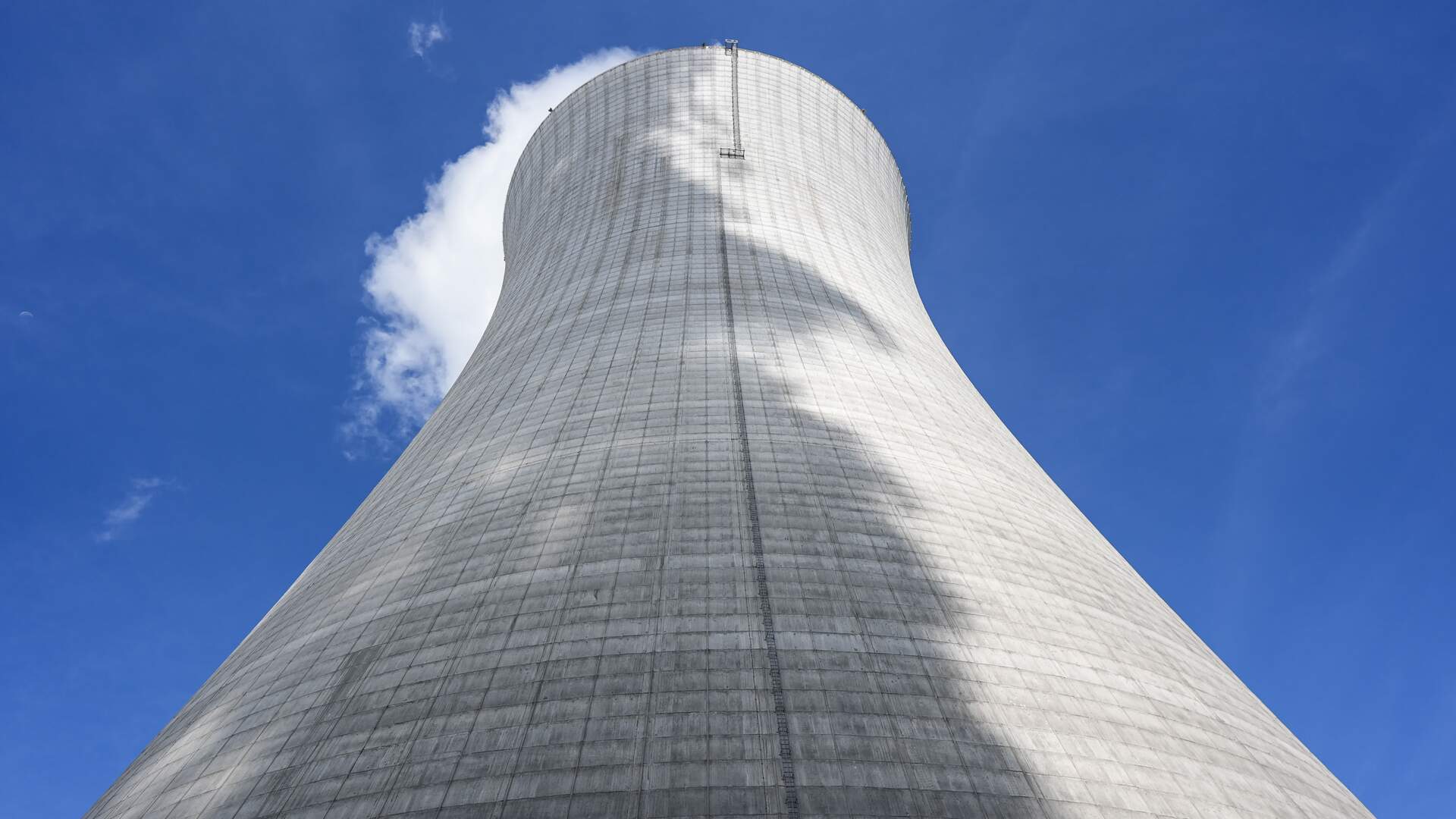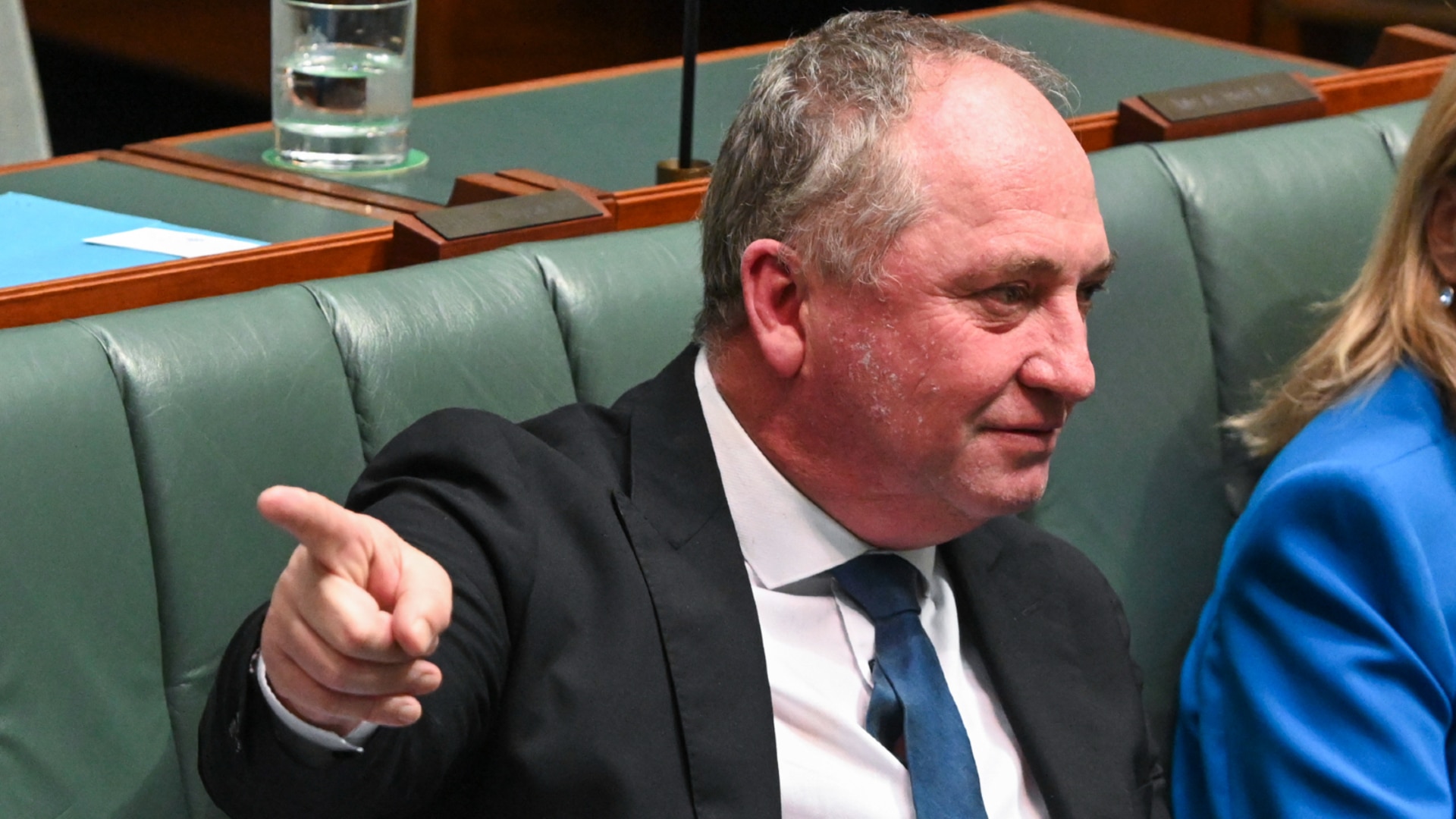This election is a historic chance to end our energy self-harm
No other country is even attempting our stated aim of running a modern economy on 82 per cent renewables because they know it cannot be done. Yet our pretence goes on.

The Iberian Peninsula went to net zero for more than 24 hours this week. When you black out Spain and Portugal, plunging 60 million people into chaos and darkness, you get a taste of an electricity and emissions-free world.
We had our own experience almost nine years ago when South Australia, the leading state for renewables penetration and baseload retirement, was plunged into an unprecedented and costly statewide blackout on September 28, 2016. This is the same state that has the nation’s most expensive power – go figure.

In Spain and SA the over-reliance on renewables led to the system failure and inhibited efforts to re-power the grid. (In both cases the restart was assisted by having an interconnector feeding electricity from elsewhere, in SA from Victoria, in Spain from France.) Yet under Anthony Albanese and Labor our nation will continue to rush headlong down this renewables path – and our national grid has no external lifeline.
The Prime Minister used modelling of his renewables-plus-storage plans at the 2022 election to promise that household electricity bills would be cut by $275 a year. Yet now that modelling is completely discredited – household bills, in fact, have increased by up to $1000 – Albanese and Climate Change and Energy Minister Chris Bowen are sticking to the same plans and expecting the opposite result.

At some stage the engineering reality, costs and practicalities of this world-first, mainly renewables experiment will hit home to Albanese and Bowen – perhaps when they are stuck in a lift or stranded at an airport during a statewide system failure – but the damage they are doing to households, small businesses and whole industries in the meantime is unforgivable. Not to mention the environmental damage to bushland, coastlines and farming communities as wind farms, solar factories and thousands of kilometres of transmission lines are built out.
Eventually the ideological dreams of Labor, the Greens and the teals will be dashed against reality, nothing is surer. But we are left to wonder how long this will take because I fear the election campaign has failed to shift the debate.
Part of the problem is the sheer fiscal irresponsibility and audacity of Labor. Having seen electricity prices spiral, instead of fixing its policy Labor has plunged the budget further into debt to provide rebates that artificially lower prices before they get to consumers.
So instead of hurting taxpayers with high electricity prices, Labor also borrows more money on behalf of taxpayers to hide its mistakes, adding to the future tax burdens of those same taxpayers. And voters are supposed to be grateful for this chicanery.

Endlessly we hear Albanese, Bowen, the Greens, teals and other zealots telling us that renewable energy is the cheapest form. This is a bit like saying the cheapest boat is the one where you buy a one-third share – sure, but we need electricity more than every third weekend.
To the extent it occurred, the campaign energy debate focused on the cost of the Coalition’s nuclear plan. Labor used a deliberately fanciful figure of $600bn which, according to the CSIRO, independent economists and a collection of 50 scientists, businesspeople, nuclear experts and environmentalists, is five times higher than the likely cost.
This wildly wrong and discredited number has served two dishonest purposes for Labor. It has been used to question the affordability of nuclear and has been co-opted to claim the Coalition needs to find spending cuts elsewhere, thereby underpinning Labor’s elaborate scare campaign.
It is nasty and dishonest politicking – it has been astonishing to see a Prime Minister demean himself by promulgating a figure he knows is false. Yet, according to the opinion polls, it has succeeded.

The Coalition should have been doing more earlier to call this out; its tardiness is reminiscent of how slow it was to call out Labor’s Mediscare lies in 2016. And sure, journalists should have challenged the figure every time it was used, but it is a sad fact of life that most in the media are reluctant to hound left-of-centre politicians.
Instead of exposing the lie and taking on the argument, it seems the Coalition largely abandoned the topic. Opposition climate change and energy spokesman Ted O’Brien was hardly seen during the campaign and Peter Dutton’s daily events did not highlight the energy argument.
It reeks of a campaign deferring to focus groups rather than conviction.
The real advocacy task needed was to make clear that this is not some vanity choice between a grid of your preference, renewables or nuclear. The real options are a renewables-plus-storage model that is already failing and cannot succeed, or a proven nuclear energy model that works around the world.

Nuclear is so practical, proven and necessary in a net-zero world that it is inevitable if we maintain our emissions reduction goals. Every year of delay only adds to the costs in financial and opportunity terms.
No other country is even attempting our stated aim of running a modern economy on 82 per cent renewables because they know it cannot be done. Yet our pretence goes on while most modern economies expand or turn to nuclear energy as the only form of clean baseload generation.
When Spain’s electricity grid crashed it was running on about 60 per cent solar and 10 per cent wind, and when SA went dark it was running on 70 per cent renewable power. In Spain the initial trigger for the event is believed to have been a surge of solar power; in SA it was a storm knocking out a transmission line. But in each case the instantaneous surges or falls in the system cascaded, tripping out other power sources and connections until the whole grid shut down.
Baseload power provided by the high-speed, usually steam-driven turbines of coal, gas or nuclear generators provides not only a steady volume of alternating current power but also the pulse of the system frequency. Renewable generators produce direct current that is converted to AC and then matches the existing pulse in the grid – it does not provide that pulse or inertia, steam turbine generators with AC power, or costly machines that imitate them, are needed to do that.

The Australian Market Energy Operator and other organisations are experimenting with other options such as large batteries to make a rapidly expanding renewable grid sturdier. But the required system inertia can be supplied reliably only by AC generators.
In response to the 2016 blackout when it took a week to restore power to some parts of the state, the SA Labor government imported nine diesel generators, installing them as a $600m emergency power plant. Does anybody count that as a cost of renewable energy?
A group of highly credentialed electrical and nuclear engineers banded together this week to call out Australia’s madness in the wake of the Spanish experience. They were incredulous that the government’s target of 82 per cent renewables by 2030 would nearly double the size of the national electricity grid – “the largest and most complex single machine in the southern hemisphere” – while claiming prices to consumers would drop.
“Engineers know that the laws of physics, the principles of engineering and the realities of economics make this a reckless, political folly,” said the group, headed by former Australian Nuclear Science and Technology Organisation chief Adi Paterson and electrical engineer James Taylor.
These nonpartisan experts say Spain and Portugal provided the warning: “Australia has time to avoid the same fate – but not much. If we don’t slow down and back renewables with proper firm generation, millions of Australians will pay the price in darkness, danger, and economic disruption.”

The firm generation could be provided by coal or gas, or in a mountainous nation with plentiful water hydro might do the job. But for all intents and purposes, given our net-zero commitments, the only answer in Australia is a sufficiently large amount of nuclear generation. (Spain has some nuclear generation but has been winding it down and there have been warnings that doing so while increasing renewables was unwise.)
“The Spanish experience shows us that it’s easy to take grid stability for granted,” Centre for Independent Studies energy program director Aidan Morrison warns. “Rushing to replace synchronous generators with wind and solar is playing a giant game of Jenga with the grid. Great care is needed to prevent a total collapse.”
Morrison says the SA and Spanish episodes share a similar pattern of cascading failure in a relatively unstable grid and warns the “breakneck” speed of the solar and wind rollout increases the risks.
“Even AEMO’s own plan identifies some challenging ‘transition points’ as soon as spring this year,” he says. “Replacing coal with nuclear is a sure way to avoid encountering the risks that the Spanish experience has exposed.”
Much of the election debate has focused on Medicare, economic management and enticing giveaways, all important but familiar. But even if they have failed to put it front and centre, the Coalition is offering a historic chance to end our energy self-harm, reclaim our cheap and reliable energy advantage, and embark on a modern nuclear future.
We will reject it at our peril.






